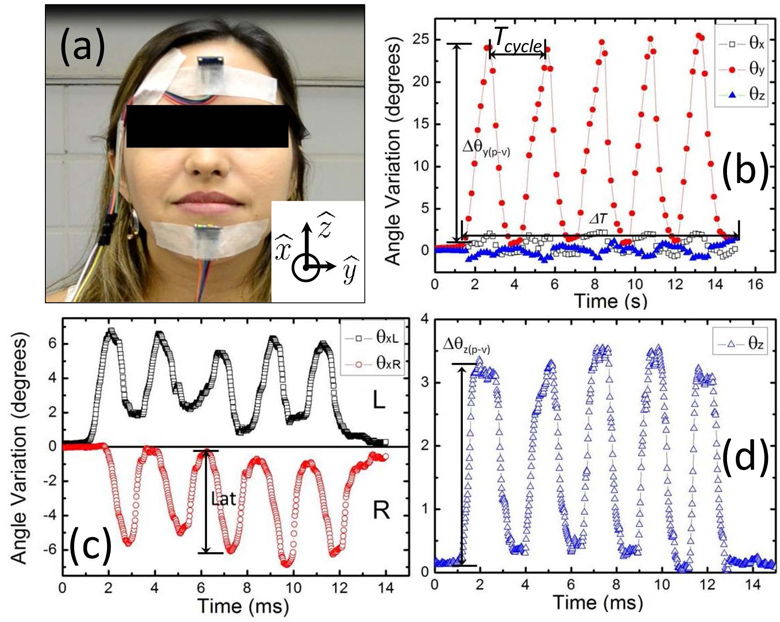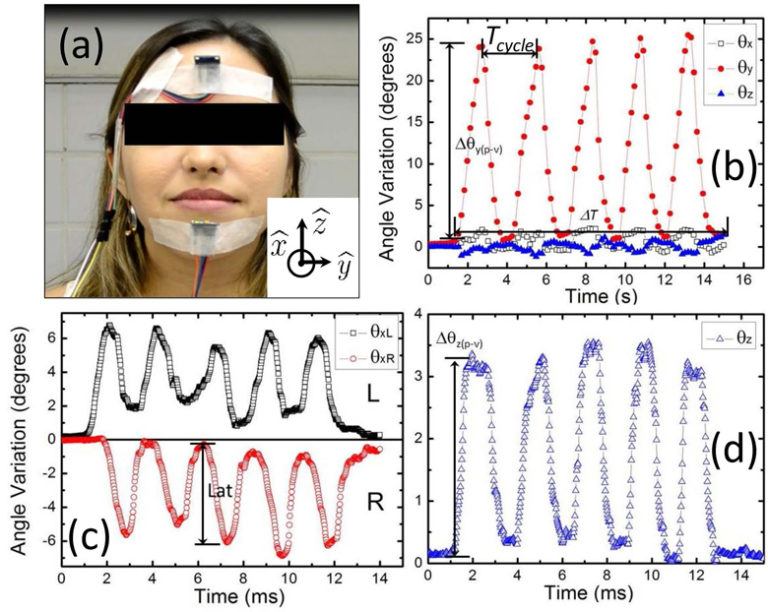Abstract

There is a direct relationship between the prevalence of musculoskeletal disorders of the temporomandibular joint and orofacial disorders. A well-elaborated analysis of the jaw movements provides relevant information for healthcare professionals to conclude their diagnosis. Different approaches have been explored to track jaw movements such that the mastication analysis is getting less subjective; however, all methods are still highly subjective, and the quality of the assessments depends much on the experience of the health professional. In this paper, an accurate and non-invasive method based on a commercial low-cost inertial sensor (MPU6050) to measure jaw movements is proposed. The jaw-movement feature values are compared to the obtained with clinical analysis, showing no statistically significant difference between both methods. Moreover, We propose to use unsupervised paradigm approaches to cluster mastication patterns of healthy subjects and simulated patients with facial trauma. Two techniques were used in this paper to instantiate the method: Kohonen’s Self-Organizing Maps and K-Means Clustering. Both algorithms have excellent performances to process jaw-movements data, showing encouraging results and potential to bring a full assessment of the masticatory function. The proposed method can be applied in real-time providing relevant dynamic information for health-care professionals.

